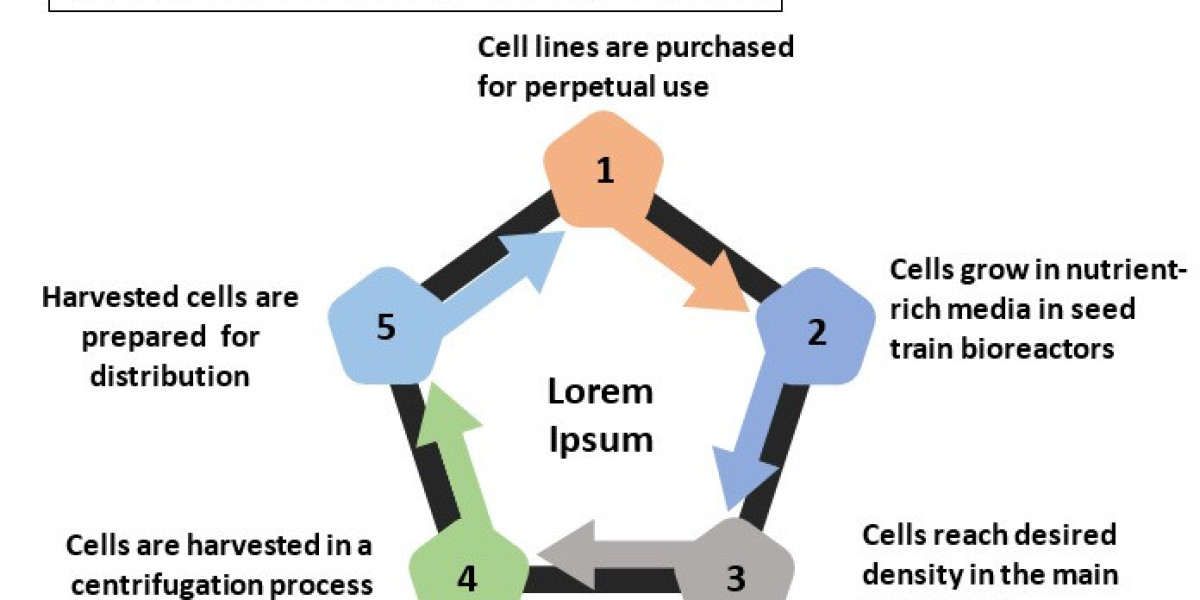Menstrual cramps can be a monthly nightmare for many individuals, causing discomfort and disruption to daily life. While traditional remedies like over-the-counter painkillers and heat therapy are widely known, numerous effective alternatives often go unnoticed. In this comprehensive guide, we will explore a range of remedies for period cramps that you may not have tried yet, offering relief and promoting overall well-being.
What Are Period Cramps?
Period cramps, medically known as dysmenorrhea, refer to the pain and discomfort experienced during menstruation. This pain can range from mild to severe and is often accompanied by other symptoms like bloating, mood swings, and fatigue. Understanding the biology behind these cramps can help demystify the experience and provide insights into effective management.
Omega-3 Fatty Acids and Dark Chocolate
Increasing your intake of omega-3 fatty acids can help reduce inflammation associated with menstrual cramps. Foods rich in omega-3s include fatty fish (like salmon), walnuts, and flaxseeds. Consider incorporating these into your meals leading up to your menstrual cycle.
Dark chocolate not only satisfies cravings but also contains magnesium, which can help ease cramps. Choose chocolate with at least 70% cocoa for maximum health benefits. A small piece can provide both relief and indulgence.
Herbal Teas: Nature’s Soothing Elixirs
Certain herbal teas are renowned for their ability to ease menstrual discomfort. Chamomile, ginger, and peppermint teas are particularly effective. Chamomile, known for its anti-inflammatory properties, chamomile tea can help soothe cramps and promote relaxation.
Ginger, a natural anti-inflammatory, ginger tea can not only reduce pain but also alleviate nausea, a common symptom during menstruation. Peppermint, this tea helps to relax the muscles of the uterus, offering relief from cramps.
What are the Common Symptoms of Period Cramps?
Abdominal Pain is the most prominent symptom, often described as a throbbing or aching sensation in the lower abdomen.
Many experience pain that radiates to the lower back, adding to the overall discomfort and some may feel nauseous or even experience vomiting due to the intensity of the cramps.
Hormonal fluctuations during menstruation can trigger headaches or migraines and the physical toll of cramps can lead to feelings of tiredness and lethargy.
When to Seek Medical Attention?
While cramps are common, it's important to know when to consult a healthcare provider. If cramps are severe and debilitating Accompanied by heavy bleeding Persistent beyond the typical duration of menstruation Associated with other concerning symptoms (e.g., fever, unusual discharge).
Acupuncture and TENS Therapy
Acupuncture has been used for centuries to relieve pain and promote overall health. By targeting specific points, this ancient practice can help alleviate menstrual cramps effectively. A licensed acupuncturist can create a personalized treatment plan to address your needs.
Transcutaneous electrical nerve stimulation (TENS) therapy involves using a device that sends electrical impulses to the skin, helping to block pain signals. Many individuals find this method effective for managing menstrual pain. TENS units are widely available for home use.
The Role of Hormonal Birth Control
For some individuals, hormonal birth control methods can effectively manage period cramps. These methods work by regulating hormonal fluctuations and can lead to lighter periods or even eliminate them altogether.
Options include combined hormonal contraceptive pills can reduce the severity of cramps, Hormonal intrauterine devices (IUDs) can also help alleviate menstrual pain. Consulting with a healthcare provider can help determine the best option for individual needs and health considerations.
How Comfortable heavy flow pads plays a role in managing Period Cramps?
Many modern pads are made with soft, breathable materials that can help prevent irritation and chafing. This can contribute to overall comfort during a time when sensitivity is heightened.
Proper positioning of a comfortable heavy flow pads can create a sense of support for the lower abdomen, which might help some individuals feel more comfortable. The pressure can act similarly to a heating pad, offering relief from cramps.
Lavender Oil and Clary Sage Oil
Lavender oil is well-known for its calming properties. Diffusing lavender oil or adding a few drops to a warm bath can create a soothing environment. The aromatherapy benefits may also help ease tension and discomfort.
Clary sage oil is celebrated for its hormonal balancing properties. Massaging diluted clary sage oil on the abdomen may provide relief from cramps and promote relaxation.
Cultural Perspectives on Menstruation and Cramps
In certain cultures, menstruation is celebrated as a symbol of fertility and womanhood. Rituals and traditions may be observed to honor this natural process, promoting a positive view of menstruation.
Efforts to break the stigma surrounding menstruation have gained momentum in recent years. Awareness campaigns and education initiatives aim to normalize discussions about menstruation and the challenges associated with it, including cramps.
Conclusion
Finding effective remedies for menstrual cramps requires a multi-faceted approach. By exploring herbal remedies, making dietary changes, incorporating exercise, and utilizing alternative therapies, we can significantly reduce discomfort and improve our quality of life during menstruation. While each person's body is unique, trying out these methods may lead you to discover what works best for you.







